Evaluar la cantidad de variación en un sistema de medición que se debe al propio dispositivo de medición (repetibilidad) y a los operarios que utilizan el dispositivo (reproducibilidad).
- Metodologías: Ingeniería, Calidad
Gage R&R (Repetibilidad y Reproducibilidad)

Gage R&R (Repetibilidad y Reproducibilidad)
- Mejora continua, Diseño para Seis Sigma (DfSS), Capacidad de proceso, Mejora de procesos, Seguro de calidad, Control de calidad, Análisis estadístico
Objetivo:
Cómo se utiliza:
- Varios operarios miden las mismas piezas varias veces utilizando el mismo calibre. A continuación, se realiza un análisis estadístico para determinar el porcentaje de variación total del proceso atribuible al sistema de medición.
Ventajas
- Helps ensure that measurement data is reliable and trustworthy; identifies sources of measurement error; essential for effective control de procesos and improvement.
Contras
- Puede llevar mucho tiempo llevarla a cabo correctamente; requiere una planificación y ejecución cuidadosas; la interpretación de los resultados requiere conocimientos estadísticos.
Categorías:
- Lean Sigma, Fabricación, Calidad
Ideal para:
- Evaluación de la precisión y fiabilidad de un sistema de medición.
Gage R&R studies are widely implemented across various industries such as manufacturing, automotive, aerospace, and healthcare, where consistent and accurate measurements are paramount for quality control and assurance. This methodology is particularly applicable during the early stages of product development, pilot production runs, and ongoing quality monitoring. Participants typically include quality engineers, process engineers, and operators who utilize measurement systems to assess critical dimensions and performance metrics of components. By conducting experiments where multiple operators measure the same parts using a designated gage under similar conditions, organizations can determine the extent of variability that can be attributed to the measurement system itself, as well as to operator variability. In automotive manufacturing, for instance, Gage R&R assessments help to ensure that measurements of component specifications align with safety and performance standards, thereby avoiding costly defects and recalls. Data obtained from statistical analysis enables teams to pinpoint specific sources of variability, whether they stem from equipment calibration issues or operator technique differences. This knowledge informs decisions regarding training needs for personnel, adjustments in measurement procedures, or enhancements in measurement equipment, thereby leading to more reliable processes. Regular application of Gage R&R studies can reinforce a company’s commitment to maintaining high-quality manufacturing standards and facilitate continual improvement initiatives within quality management systems such as ISO 9001 or Six Sigma methodologies.
Pasos clave de esta metodología
- Select measurement parts and ensure they represent the variation within the population.
- Train operators on the measurement procedure to maintain consistency.
- Have multiple operators measure the same parts multiple times using the same gage.
- Randomize the order of measurements to minimize bias.
- Calculate the variability components from the measurement data.
- Analyze the data using statistical methods, such as ANOVA or equivalent techniques.
- Determine the percentage of total process variation attributed to the measurement system.
- Evaluate and document whether the measurement system is adequate for the intended use.
- Identify and analyze sources of measurement error to improve the system.
Consejos profesionales
- Utilize control charts to monitor and visualize variation over time and operator performance during the Gage R&R study.
- Incorporate training sessions for operators before conducting Gage R&R studies to ensure consistency in measurement techniques and interpretations.
- Perform a multidimensional analysis that includes factor interactions in your statistical evaluation to identify nuanced sources of measurement variation.
Leer y comparar varias metodologías, recomendamos el
> Amplio repositorio de metodologías <
junto con otras más de 400 metodologías.
Sus comentarios sobre esta metodología o información adicional son bienvenidos en la dirección sección de comentarios ↓ , así como cualquier idea o enlace relacionado con la ingeniería.
Contexto histórico
1950
1950
1959-11
1960
1960
1960
1961
1950
1950
1950
1960
1960
1960
1960
1963
(si se desconoce la fecha o no es relevante, por ejemplo "mecánica de fluidos", se ofrece una estimación redondeada de su notable aparición)
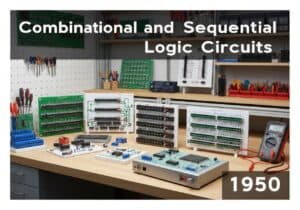


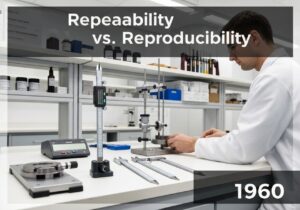
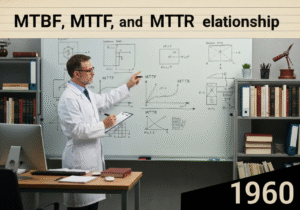


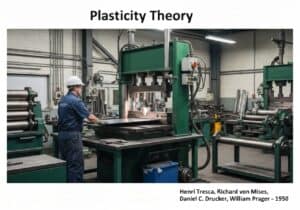
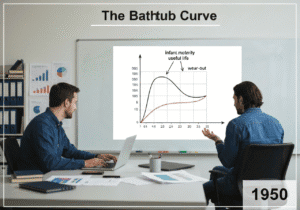


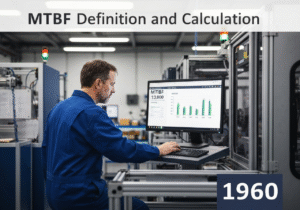


Publicaciones relacionadas
Simulación de Monte Carlo
Pruebas basadas en modelos
Comprobación de modelos
Investigación con métodos mixtos
A prueba de errores (Poka-Yoke)
Pruebas del perfil de la misión